Aluminium ACSR Conductors
Conductors represent the most important component of an overhead power line because they have to ensure economical and reliable transmission and contribute considerably to the total line costs.
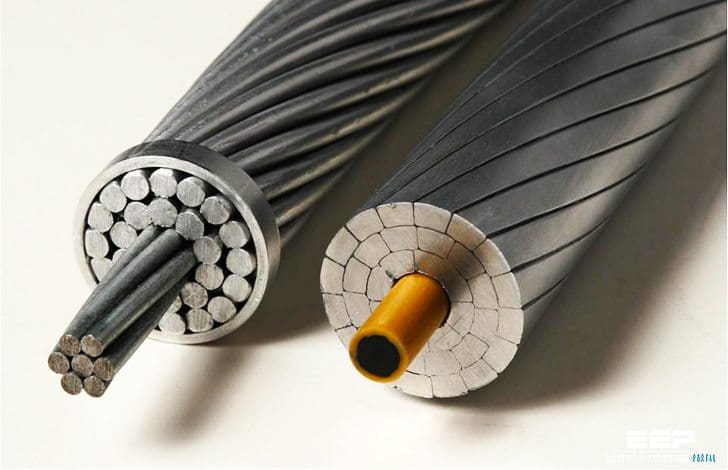
For many years, aluminum and its alloys have been the prevailing conducting materials for power lines due to the favorable price, the low weight and the necessity of certain minimum cross-sections.
For aluminum conductors, there are a number of different designs in use. All-aluminum conductors (AAC) have the highest conductivity for a given cross-section; however, they possess only a low mechanical strength, which limits their application to short spans and low tensile forces.
To increase the mechanical strength, wires made of aluminum-magnesium-silicon alloys are adopted. Their strength is approximately twice that of pure aluminum.
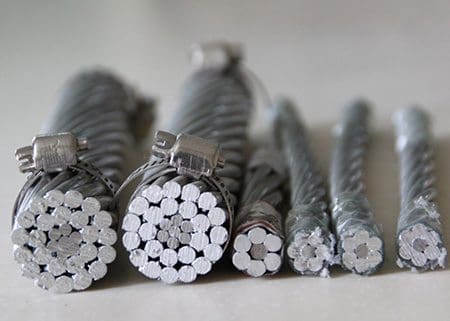
But single-material conductors like all-aluminum and aluminum alloy conductors have shown susceptibility to eolian vibrations. Compound conductors with a steel core, so-called aluminum conductor, steel-reinforced (ACSR), avoid this disadvantage.
The ratio between aluminum and steel ranges from 4.3:1 to 11:1. An aluminum-to-steel ratio of 6.0 or 7.7 provides an economical solution. Conductors with a ratio of 4.3 should be used for lines installed in regions with heavy wind and ice loads. Conductors with a ratio higher than 7.7 provide higher conductivity. But because of lower conductor strength, the sags are bigger, which requires higher towers.
The electric resistance as a result of the conducting material and its cross-section is the most important feature affecting the voltage drop and the energy losses along the line and, therefore, the transmission costs. The cross-section has to be selected so that the permissible temperatures will not be exceeded during normal operation as well as under short-circuit condition.
With increasing cross-section, the line costs increase, while the costs for losses decrease.
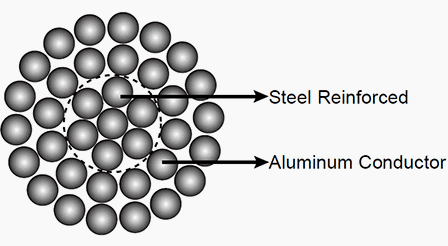
Depending on the length of the line and the power to be transmitted, a cross-section can be determined that results in the lowest transmission costs. The heat balance of ohmic losses and solar radiation against convection and radiation determines the conductor temperature. A current density of 0.5 to 1.0 A/mm2 based on the aluminum cross-section has proven to be an economical solution in most cases.
When selecting the conductors, the AC voltage gradient has to be limited to values between 15 and 17 kV/cm. Since the sound of the audible noise of DC lines is mainly caused at the positive pole and this sound differs from those of AC lines, the subjective feeling differs as well.
Therefore, the maximum surface voltage gradient of DC lines is higher than the gradient for AC lines. A maximum value of 25 kV/cm is recommended. The line voltage and the conductor diameter are one of the main factors that influence the surface voltage gradient. In order to keep this gradient below the limit value, the conductor can be divided into subconductors.
This results in an equivalent conductor diameter that is bigger than the diameter of a single conductor with the same cross-section. This aspect is important for lines with volt- ages of 245 kV and above.
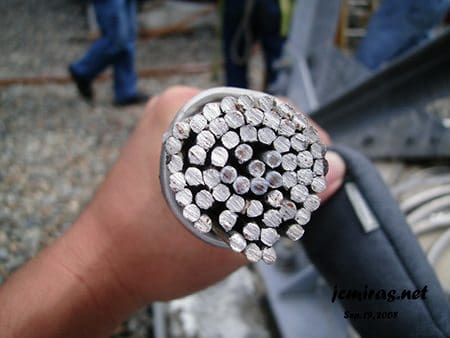
Therefore, so-called bundle conductors are mainly adopted for extra-high-voltage (EHV) lines. Table 1 below shows typical conductor configurations for AC lines.
Electric characteristics of AC overhead power lines
(data refer to one circuit of a double-circuit line)
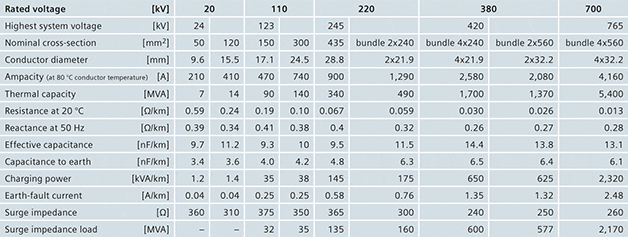
From a mechanical point of view, the conductors have to be designed for everyday conditions and for maximum loads exerted on the conductor by wind and ice. As a rough figure, an everyday stress of approximately 20 % of the conductor rated tensile stress can be adopted, resulting in a limited risk of conductor damage.
The maximum working tensile stress should be limited to approximately 40 % of the rated tensile stress.
Earth wires (Shieldwires or Earthwires)

Earth wires, also called shieldwire or earthwire, can protect a line against direct lightning strikes and improve system behavior in the event of short-circuits; therefore, lines with single-phase voltages of 110 kV and above are usually equipped with earth wires. Earth wires made of ACSR conductors with a sufficiently high aluminum cross-section satisfy both requirements.
Such data transfer is essential for the communication between two converter stations within an HVDC interconnection or for remote controlling of power stations. The OPGW in such a case becomes the major communication link within the interconnection. OPGW are mainly designed in one or more layers of aluminum alloy and/or aluminum-clad steel wires.
One-layer designs are used in areas with low keraunic levels (small amount of possible lightning strikes per year) and small short-circuit levels.
Reference: Power Engineering Guide // Power Transmission and Distribution Solutions – SIEMENS




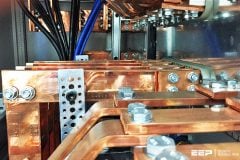




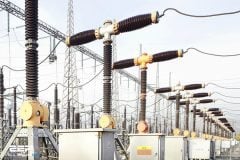

Dear Sir:
Please be inform that, if i want to know the conductor type and size for 10 MVA transformer and voltage 34.5 KV.
thanks
Yes sir it’s important in used and help to our country I help my country my contribution to my city
Video : A Day In The Life Of A Lineman by Allteck Power Line Contractors – See more at: http://www.cablejoints.co.uk/blog/article/lineman-contractors-allteck#sthash.lbdPXNL9.dpuf
Edvard, thanks for sharing. It is very useful for my work.
My name is Echo. We are power cable maunfacturer since 1988. If anyone need 0.6/1kV and 1-35kV power cable, AAC/ACSR/ABC, pls feel free to contact me. Thanks!
Sincerely,
Ms. Echo
E: echo@hldlcable.com
M: 0086 15106980528
Skype: hongliangcablesales7